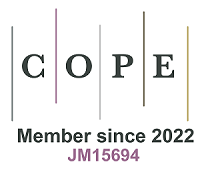fig5

Figure 5. Effect of background correction and normalisation on probe count. SD: Standard deviation; A: flowchart to illustrate the order of data processing in this analysis. Raw count data were first subjected to background subtraction at one of three thresholds (mean, mean + 1 SD, mean + 2SD), they were then normalised using positive control probes before undergoing content normalisation by either the total RNA or Normfinder method; B: effect of background subtraction, the graph shows the number of probes with a count above 2 that were detected in the 12 rat samples. The unprocessed raw count data are shown at the top (black line), followed by processed data using 3 background thresholds (red, blue, green); C: in our analysis, a panel of 36 probes was used as normalisers for the total RNA method, a subset of 5 of the most stable of these was used for Normfinder normalisation; D: effect of normalisation, data plotted as shown in c. The unprocessed raw count data are shown at the top (black line). All processed data use a background threshold of mean + 2 SD (blue). Green line shows the effect of applying positive control normalisation to the background subtracted data, while gold and orange lines show the effect upon these data of subsequent content normalisation by total RNA and Normfinder methods, respectively.










